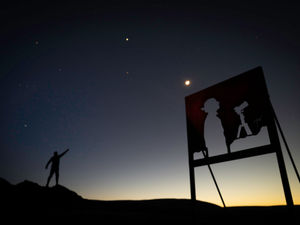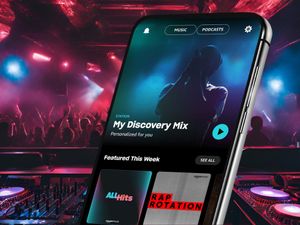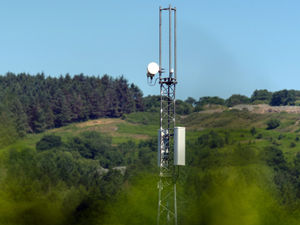Q&A: What exactly did Nasa learn from Cassini’s 20-year mission to Saturn?
The 22ft robot craft is set to be destroyed on Friday.
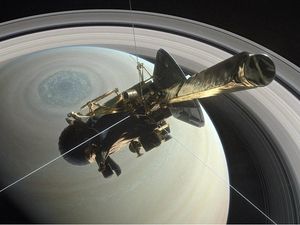
Nasa scientists are preparing to kill off the Cassini space probe with a spectacular suicidal dive into Saturn’s atmosphere on Friday.
The 22ft robot craft will break into fragments and burn up as it ploughs into the ringed planet’s cloud tops, ending a 20-year mission that cost £2.9 billion.
Now with the spacecraft running out of fuel, and soon to become impossible to steer, controllers have chosen to bring the mission to a fiery end.
Here’s everything you need to know:
What was the purpose of the Cassini mission?

Scientists were especially interested in Saturn’s giant moon Titan, which has a nitrogen and methane atmosphere and in some ways resembles an early version of Earth.
The whole mission cost £2.9 billion.
When was Cassini launched and how long did it take to reach Saturn?
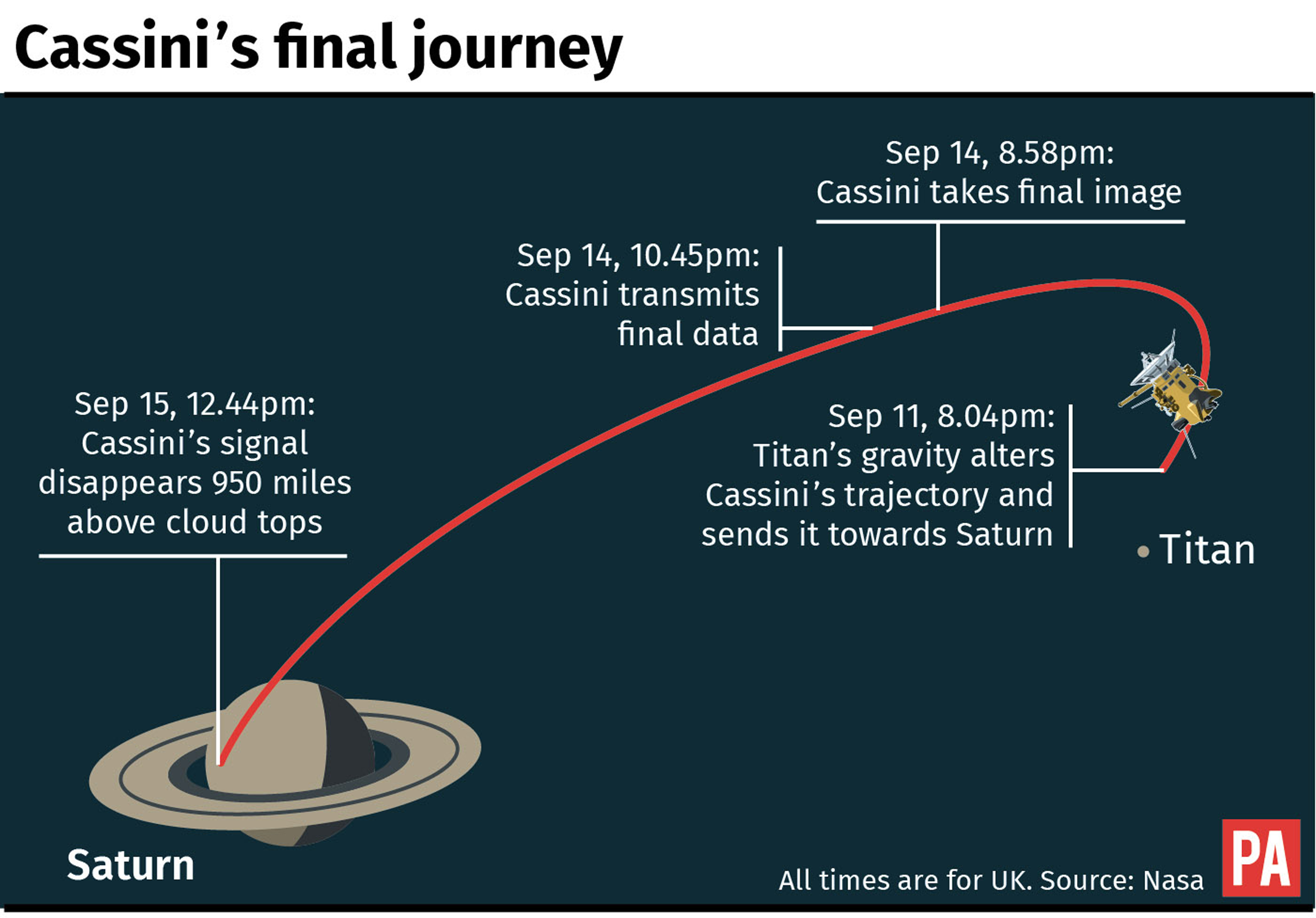
On the way it made fly-bys of Venus, the Earth and Jupiter to receive gravitational “kicks” that boosted its speed to more than 42,500mph.
Cassini arrived at the ringed planet in July 2004.
What was in Cassini’s instrument package?
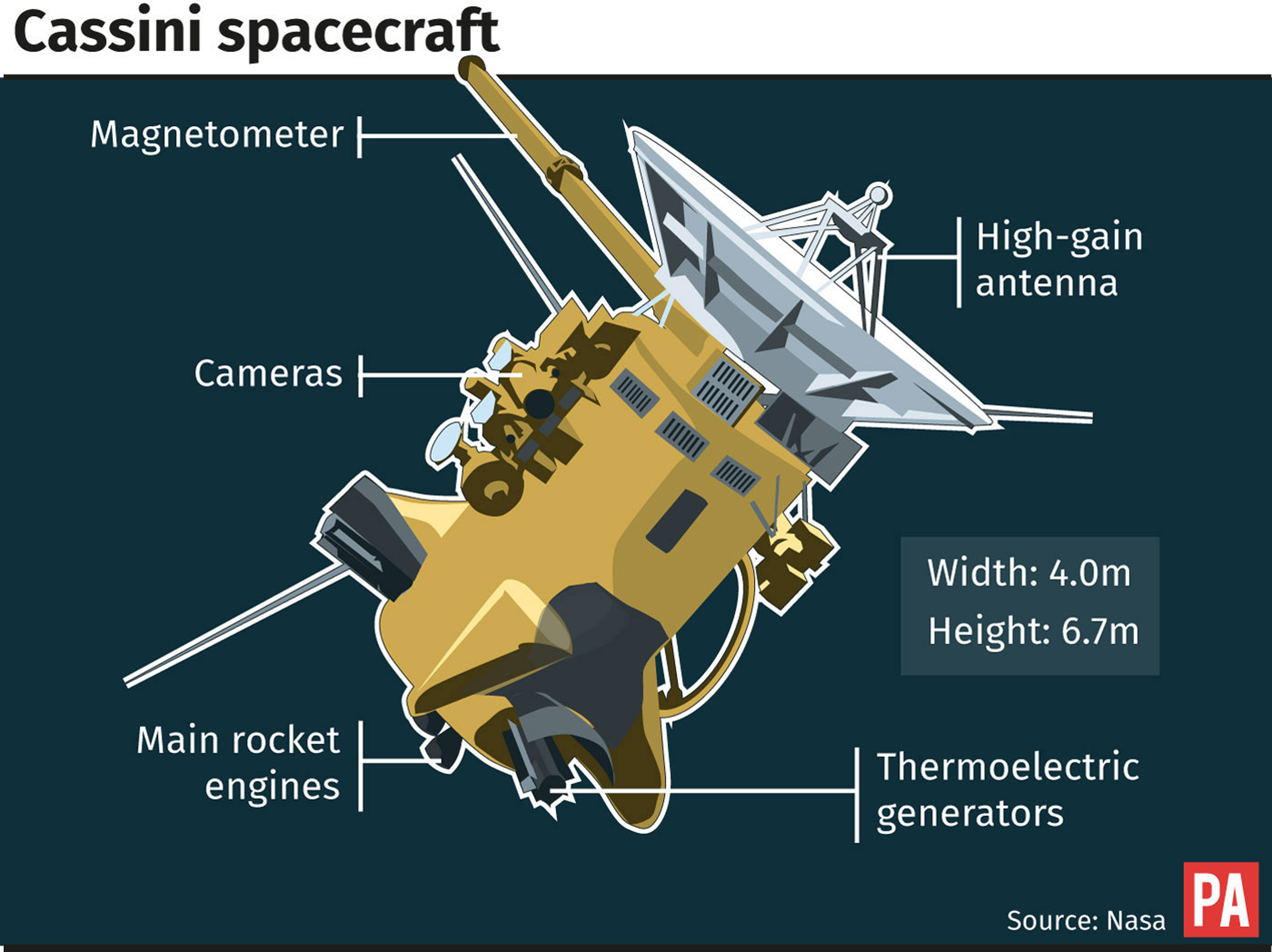
In addition, Cassini carried a smaller European Space Agency probe, Huygens, designed to land on Titan.
What did Huygens achieve?

It was the first time any spacecraft had landed on an outer solar system world.
As it parachuted down through the moon’s atmosphere, Huygens captured images of surprisingly Earth-like features such as shorelines and river systems.
Scientists now know Titan has rivers, lakes and seas filled with liquid methane and ethane.
What other discoveries were made by Cassini?
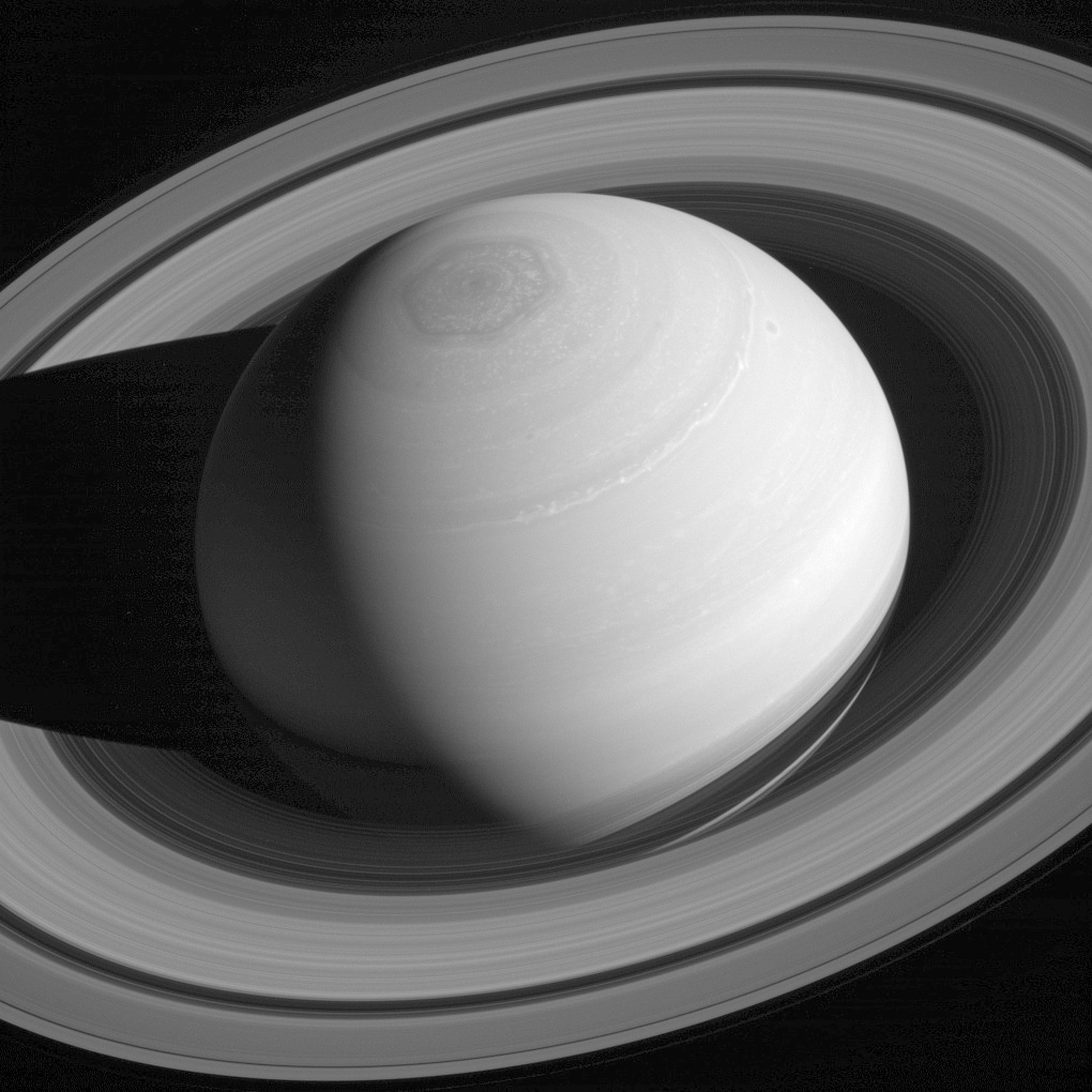
It also found seven new moons, six of which have been named, carried out detailed studies of Saturn’s rings, and spotted raging hurricanes at both of Saturn’s poles.
The 300-year-old mystery of how the moon Iapetus acquired its strange two-tone appearance was also solved.
How did scientists communicate with Cassini?

Ground controllers could not give Cassini “real time” instructions and instead relied on extensive pre-programming.
In addition the probe’s computer “brain” automatically responded to problems requiring immediate attention.
How was Cassini powered?
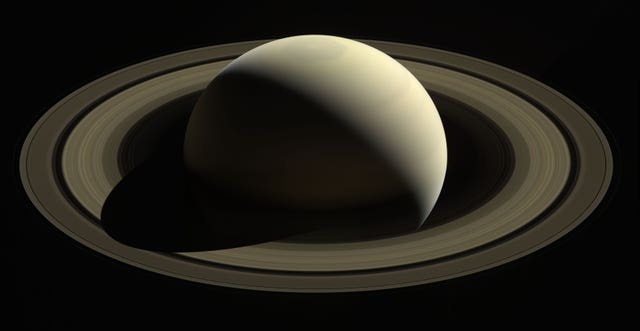
Why did scientists decide to kill off Cassini?
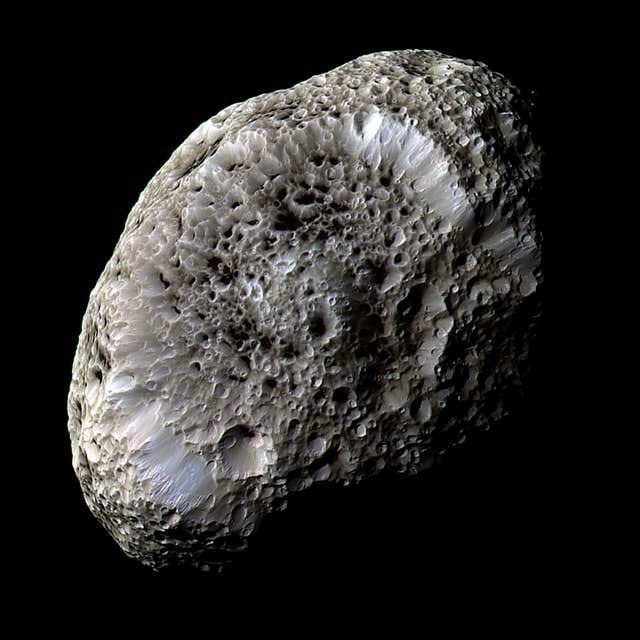
Even though Huygens had already landed on Enceladus, Nasa did not want to risk contaminating the pristine environments with Earth bugs.
Safe disposal was considered the best solution.

